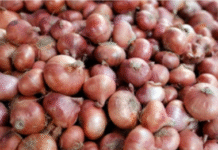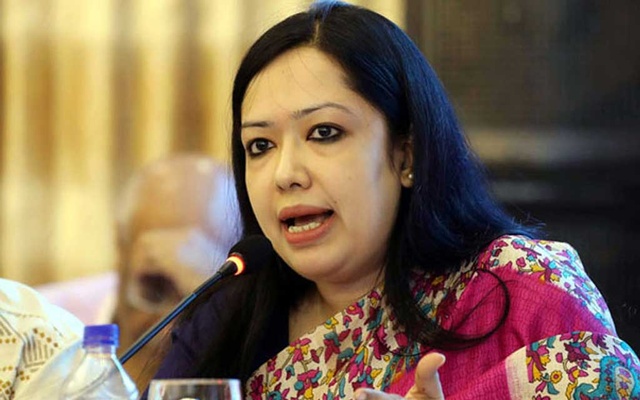TBS

Highlights:
- Bangladesh plans forex fund ahead of crawling peg transition
- IMF delay over NIR floor affects $1.3B loan tranche
- Free float now could harm already low NIR reserves
- Past deregulation led to hoarding, forced rate intervention
- Sri Lanka’s float model cited as stabilization case study
The Bangladesh Bank plans to create a foreign exchange intervention fund, using its reserves, as it prepares to adopt a crawling peg exchange rate. The fund would help stabilise the dollar market when greater flexibility is introduced.
The central bank has asked the International Monetary Fund (IMF) for more time to establish the fund before removing the floor on Net International Reserves (NIR) or switching to the crawling peg, according to a senior official.
The move aims to curb potential market manipulation and reduce volatility once the exchange rate is allowed to float more freely.
The issue remains a sticking point in the ongoing IMF negotiations, delaying the release of the next $1.3 billion tranche from the lender’s $4.7 billion loan package. Even during the recent IMF-World Bank Spring Meetings in Washington, BB Governor Ahsan H Mansur resisted calls to adopt a free float regime immediately.
“The central bank could roll out the intervention fund and shift to a flexible rate now,” said a senior BB executive, requesting anonymity. “But doing so would reduce NIR, already down to $17 billion – below the IMF’s $19 billion floor.”
Bangladesh’s gross reserves currently exceed $21 billion, enough to cover nearly four months of imports. However, the IMF monitors NIR, which excludes certain liabilities, as a key benchmark.
During the IMF’s recent Dhaka review mission, BB proposed scrapping the NIR floor to allow the fund’s creation. While the IMF hasn’t responded yet, the central bank hopes to reach an agreement by June.
A BB official warned that a sudden free float could trigger disruptions, with aggregators hoarding dollars to drive up prices. “With inflation already high, we need to avoid added volatility,” he said. “The fund would allow us to inject dollars and counter manipulation.”
Citing India’s model, he noted that the Reserve Bank of India frequently intervenes in the forex market to steady the rupee amid capital outflows and trade uncertainties.
He also shared a recent incident: when the Bangladesh Bank directly paid Qatar for energy imports, bypassing the open market, dollar hoarders were forced to sell at lower rates, causing the exchange rate to fall by Tk0.50 to Tk0.60.
Market lessons from past deregulation
Earlier this year, the Bangladesh Bank briefly allowed banks to freely negotiate dollar rates with clients. The move backfired as aggregators exploited the system, pushing the rate to Tk127. The central bank quickly reverted to a controlled regime, introducing a uniform reference rate without a trading band. Verbal guidance from the regulator now influences pricing negotiations.
With remittance and export earnings up, the exchange rate has stabilised between Tk122 and Tk123.
Mehdi Zaman, deputy managing director of Eastern Bank, told The Business Standard the market stabilised thanks to higher dollar inflows and effective regulatory control. “The gap between the highest and lowest rates is now below Tk1,” he said.
Sri Lanka’s experience with free float
Sri Lanka adopted a free float in 2023 under its IMF programme. The rupee initially plunged from 200 to 363 per dollar but stabilised below 300 in 2024 as reserves recovered. Sri Lanka’s reserves have risen from $1 billion in 2022 to over $5 billion, aided by IMF support and a flexible exchange regime.









